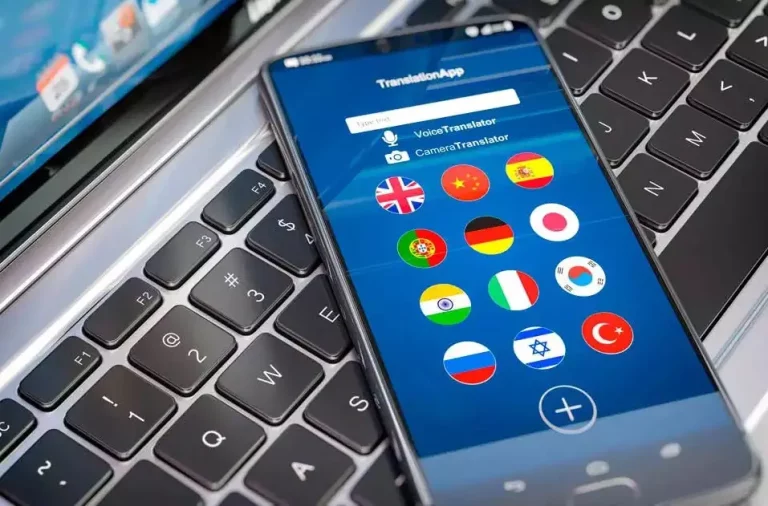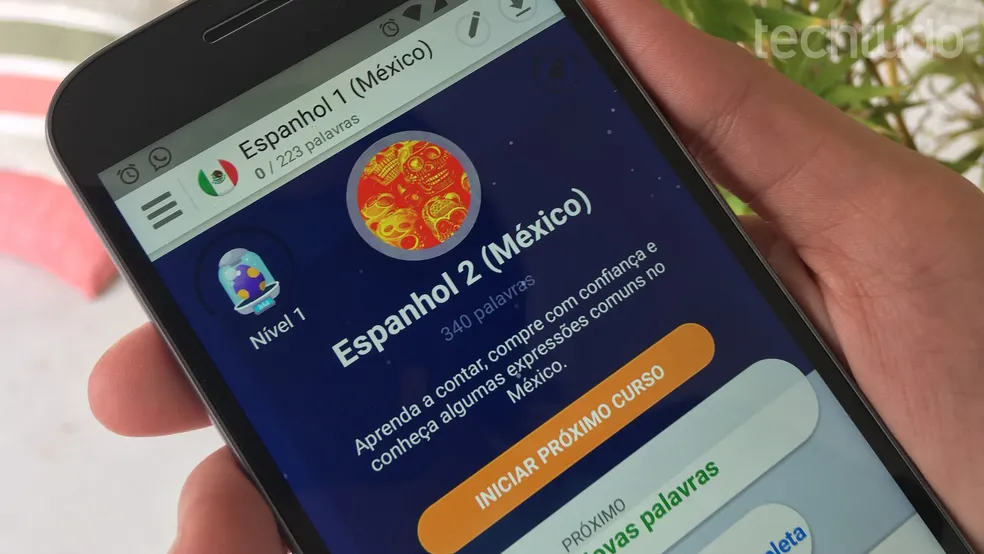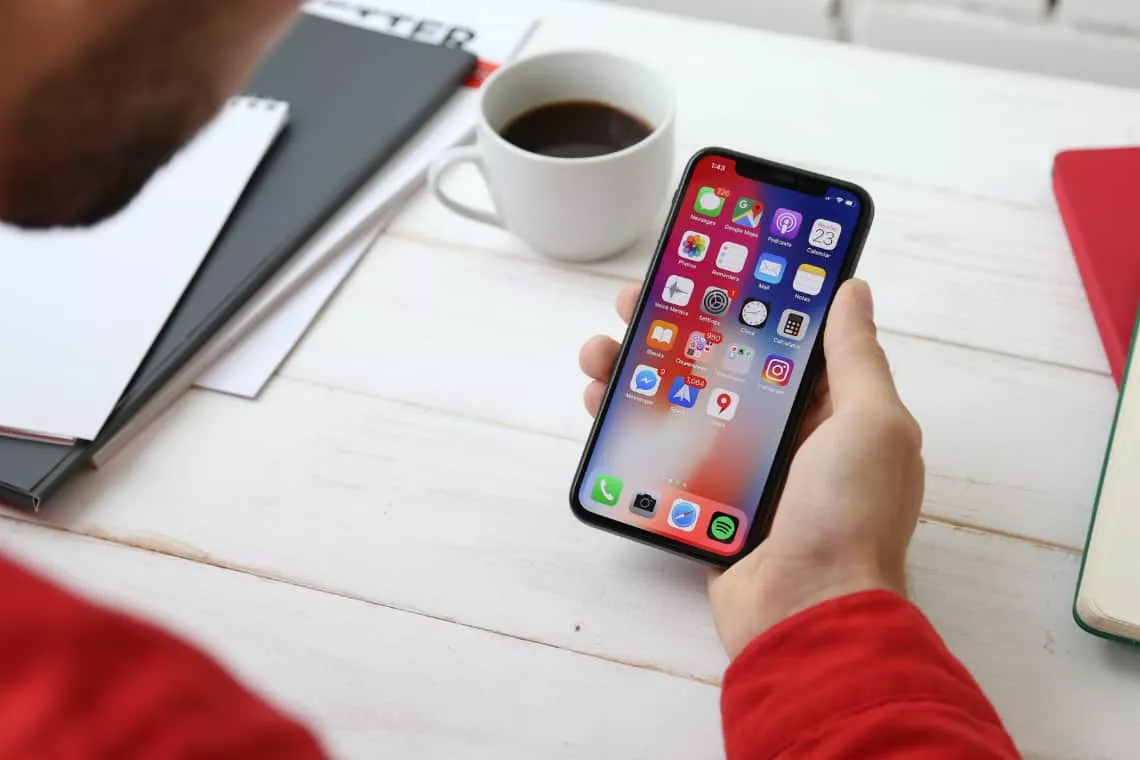
In recent years, the apps for learning languages have become indispensable tools for people who want to expand their language skills in a practical and efficient way. With the hustle and bustle of everyday life, many people seek digital solutions that can be accessed at any time.
Whether you're learning a new language from scratch or improving your existing knowledge, these apps offer a personalized, interactive, and accessible experience, catering to different learning levels and goals.
The diversity of options on the market can be both a benefit and a challenge, as each app offers specific features. Therefore, understanding the differences between them and identifying which one best meets your needs is crucial to achieving effective results.

Additionally, many of these programs utilize modern approaches, such as gamified learning and interactive classes, which makes them more appealing compared to traditional methods.
In this guide, we'll explore the best language learning apps, their features, how to use them most effectively, and even provide step-by-step instructions for getting the most out of these tools. Get ready to transform your learning journey with the most advanced and accessible technology solutions available today!
The main advantage of using apps is their flexibility. Unlike traditional classes, apps allow you to learn anywhere, whether on public transport, at home, or during your work break. They also offer personalized resources, adapting to each student's pace.
Another advantage is gamification, present in many apps like Duolingo and Memrise, which transforms learning into a fun experience. The ability to track progress through graphs and scores motivates users to keep studying.
Finally, the cost-effectiveness is also a plus. Many apps offer free versions or affordable prices compared to in-person courses. This makes language learning more inclusive, allowing anyone to begin their language journey.
We've compiled a list of the most popular and effective apps, based on features and user reviews:
Each of these apps has unique features. For example, if you prefer to learn through interactions with real people, Busuu might be the best choice. For those looking for something more relaxed and fun, Duolingo is ideal.

To get the most out of the apps, follow these steps:
With this step-by-step guide, you'll be on your way to mastering any language, taking advantage of the best technology has to offer.
Today's apps offer a variety of features that facilitate learning. Key features include:
These features allow learning to be dynamic, interactive and adapted to the pace of each user.
In addition to following a daily plan, here are some extra tips to speed up your progress:
Integrating these habits into your app usage will increase your fluency and self-confidence.
You apps for learning languages are powerful allies for those seeking fluency in a practical, accessible and efficient way.
With so many options available, you can find tools that meet your specific needs, whether you're learning the basics of a language or achieving conversational fluency.
By following the tips and strategies in this guide, you'll have a more productive and enjoyable learning journey.
Use technology to your advantage and take your first steps towards fluency today!